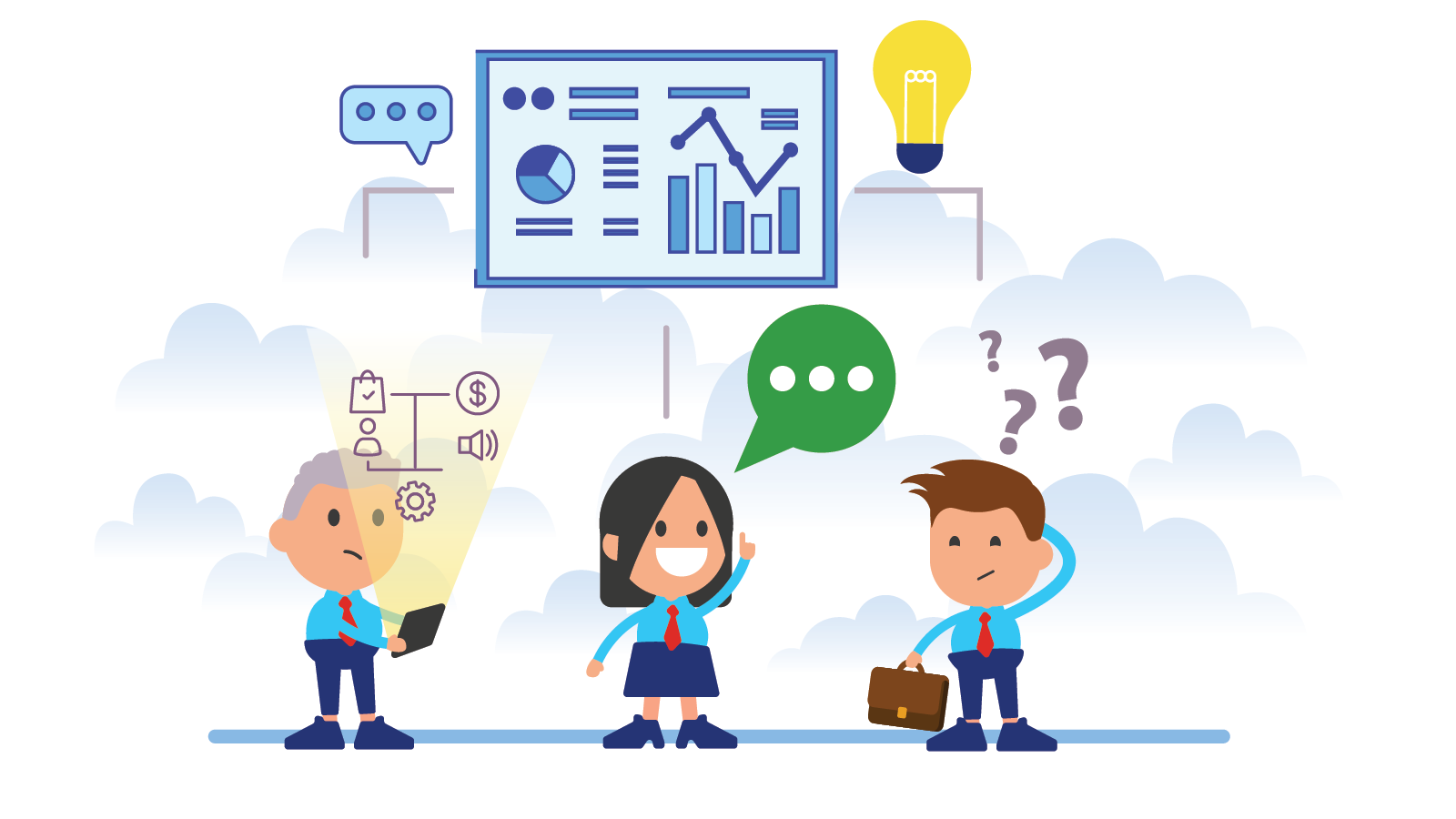
Why Conversational Analytics is a Must for Any Company with Customer Calls
We’ve been recording customer calls for decades. Businesses understand the value of those conversations – both to better evaluate the will of the customer and to measure and improve customer service performance. But the sheer volume of unstructured data locked away in phone call recordings made it difficult to glean meaningful insights. Until now.
Conversational analytics is making it possible to not only categorize key elements of these calls, but to rapidly analyze and utilize that data to predict customer intentions, quantify customer service performance in meaningful new ways, assess the overall quality of both service and products, and influence the outcome of these calls. Let’s take a closer look at what this entails and how conversational intelligence is helping to improve key service operations for so many organizations.
What Is Conversational Analytics?
Conversational analytics starts with core analysis of speech, often turning it into text that can be worked with as more structured data sets. At a basic level, tools have been doing this for several years, allowing users to search through transcripts, analyze the types of words used, and most common phrases, questions, or concerns voiced on a call.
In the past, this data would be transcribed manually, and analysis was limited. Today’s speech analysis tools can do it in seconds, allowing marketing and sales to instantly access valuable insights from large volumes of call data. And there is a lot of it. More than 80% of customers prefer to call instead of chat or email – they feel they get a more immediate response and resolution to their questions. Until recently, the technology favored the text in email and chat. Today, we can analyze speech not only faster but more completely, by pairing it with technology that can measure and quantify human emotions and behaviors in the actual voice. This allows us to better understand emotional charge in a call, predict both caller and customer service behavior, analyze information after a call, and provide real-time suggestions to service agents.
At the root of every phone call is one question – why? Why did a customer call to complain? Why did a prospect call to get more information? Why did someone call to ask for help? Sometimes the answers to these questions are evident; other times less so. Conversational analytics helps to identify key behaviors that might lead someone to act in a certain way. You can learn how well your employees follow scripts by analyzing their adherence to the language provided. More than that, you can analyze how their emotions mirror the intent of the script. Someone can read a script word for word, but if their tone is flat or hostile, it will be ineffective. Conversational analytics can help identify these situations and provide the actionable data you need to respond to.
The Benefits of Conversational Analytics
There are several benefits to this type of advanced analytics of conversational data. Not only do you quantify what was previously almost entirely qualitative data, but you can also take preemptive steps to improve future performance. Specifically, that means:
First Call Resolution – The goal of every customer service and customer success team is to resolve issues on the first call. With real-time analysis, agents are better able to identify escalation, learn from past mistakes and issues, and identify areas for resolution quicker.
Identify Churn and Up-sell Opportunities – Learn how to spot red flags in the data before someone discontinues your services. At the same time, identify when there are prime opportunities for upsells based on behavior and emotion encoded in call data.
Fill Gaps in the Buyer Journey and Lifecycle – For marketing and sales professionals, the buyer journey can feel like a stab in the dark. When do people act? What makes them act? How do you get someone from prospect to opportunity? Conversational analytics plays an important role in closing those gaps.
Predict Future Behavior – How hard do you push back in a conversation? When do you escalate to an engineer or supervisor? With future behavior prediction, you can receive real-time insights on when to act and how to do so.
AI empowers you to better understand the performance of your customer service team, identify common elements that your customers have, and influence future outcomes through behavioral prediction.
The Power of Conversational Intelligence Technology
Emotion AI and behavioral signal processing enable businesses to evaluate conversations in a deeper way than ever before. Whether supporting your customer service and sales agents to perform better in real-time, or analyzing data from thousands of live phone calls to learn more about your prospects and customers, conversational analytics is changing how we capture, use, and evaluate this data.
#ConversationalAI #Analytics
***Did you know that we have a bi-weekly newsletter with the latest news
and trends in Voice and Emotion AI? Sign Up here


